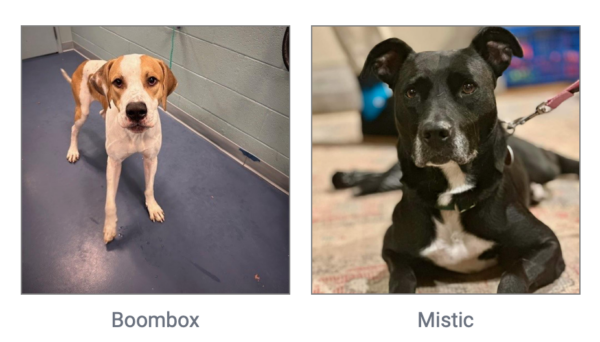The Guilford County Animal Resource Center – the fancy name for what everyone calls the animal shelter – took in 7,502 animals in fiscal year 2022-2023, which ran from July 1, 2022 to June 30, 2023 and is the last fiscal year with complete data.
A decade before that, the former Guilford County Animal Shelter took in nearly twice that number. In fiscal year 2013-2014, the former animal shelter on West Wendover Avenue took in 13,933 animals.
That doesn’t mean that the new animal shelter isn’t struggling and the workers there don’t have their hands full. The new county shelter, which opened in late 2021, is a much nicer facility. However, it has much less capacity than the former shelter that housed cats and dogs for decades for the county.
The lowest year for animal intake in the last decade was fiscal year 2021-2022, when the COVID-19 pandemic motivated a lot of county residents to adopt pets. At one point during the pandemic, former Guilford County Manager Marty Lawing informed the commissioners that only about a half dozen animals remained at the shelter.
However, the end of the pandemic led many pet owners to return to work and either abandon their animals or turn them over to the shelter, so the shelter has seen a significant rise since the pandemic lows.
The 7,502 animals taken in in fiscal year 2022-2023 was by far the highest yearly intake at the new Resource Center – and the county now struggles to keep the animal population at reasonable levels.
From 2015 until the pandemic hit, the number of animals being taken in was dropping fairly consistently. At first hovering over 10,000, the number then dropping to just under 7,000 and then fell again to just over 6,000 in each of the two years before the pandemic hit.
When the county planned and designed the new shelter, it did so in a way that makes it relatively easy to add space for additional animals.
Guilford County Animal Services has been attempting to reduce the number of animals at the shelter by working with area rescues, promoting spaying and neutering through community outreach, and using social media and animal adoption fairs to promote adoption.


Our dogs are not toys to be discarded when we lose interest. Dogs are, and always have been, a source of support and succour to mankind. That we treat them so poorly says more about us than them.
——
“The more I know people, the more I like dogs”.